| Back to CCSP home page |
|---|
Capo di Ponte (Bs) - ITALY October, 25th – 27th 2019
- Home
- Program
- PRAT - CARP meeting
- Call for Posters
In 1979 the engraved rock art of Valcamonica was included in the UNESCO’s World Heritage List, the very first Italian site and the first world rock art site to get this award, together with the prehistoric sites and painted caves of Vézère Valley. The proposal was drafted by Prof. Emmanuel Anati, head of “Centro Camuno di Studi Preistorici”, with Dr. Sandro Fontana, at that time councillor for culture in Lombardy.
This important award was given to Valcamonica with reference to Unesco’s III and IV criteria and basing on an ICOMOS’ analysis: “it shows a past civilization….with ideas, with beliefs, with artistic and literal works od exceptional universal value” and then: “The Valcamonica rock engravings are an extraordinary illustrated documentary research on prehistoric customs and ideologies. The interpretation, the typological classification and the chronological studies of these petroglyphs have given a great contribution to the fields of Prehistory, Sociology and Ethnography”. Therefore, Valcamonica rock art was included in the Unesco’s World Heritage List, not only for its particular historical-archaeological importance, but also for the quality of the research linked to it, that opened new horizons to understand the human culture.
The XXVII Valcamonica Symposium will be focused on these topics: the current state of Valcamonica rock art Research; the perspectives of the cultural proposal and touristic management; Valcamonica position in international research networks and in the drafting of European projects; the latest scientific research in the main European rock sites.
The convention will consist of three days full of meetings, interchange between researchers and managers engaged in the study and safeguard of the rock art heritage. Meanwhile, it will be held the PRAT-CARP annual meeting: Cultural routes of the Council of Europe – “European Prehistoric Rock Art Trails”.
The rich calendar of the three days foresees:
• UNESCO’s sites in Lombardy;
• Updates and discussion on the research in Europe;
• Updates on rock art in Valcamonica: the state of research and the areas currently analysed
DOWNLOAD HERE THE DETAILED PROGRAM
The program is being finalized and may change
WARNING: the official languages of the VCS are English, French, Spanish and Italian, at the discretion of the speakers. No translation service.
FREE ADMISSION
DOWNLOAD HERE THE DETAILED PROGRAM
| Friday, 25 October 2019 | |
| 9:30 - 10:00 | Opening speeches |
| 10:00 - 11:30 | Round Table “The Unesco World Heritage Sites”, speeches by: |
| 11:30 - 13:00 | Session 1: Updates and discussion on the research in Europe |
| 13:00 - 14:30 | Lunch Break |
| 14:30 - 16:30 | Silvia Sandrone Modeling in 3D of mount Bego rock engravings. The future of research and mediation in rock art archaeology James Dodd Data, databases and deep learning: the current status of research into Danish rock art Ismo Luukkonen Photographic documentation of the prehistoric rock paintings in Finland Malahat Farajova New approaches and concepts in studying of Rock Art of Azerbaijan |
| 16:30 – 17:30 | Opening exhibitions |
| 17:30 – 19:00 | Annual meeting of the PRAT - CARP (reserved for members only) |
| Saturday, 26 October 2019 | |
| 9:00 - 13:00 | Session 2: Updates and state of research on Valcamonica rock art Chair Angelo Eugenio Fossati; Silvana Gavaldo, Cristina Gastaldi From the scene to the context: new prospects for Foppe di Nadro Paolo Medici, Matteo Scardovelli Left and Right in Valcamonica Rock Art Angelo E. Fossati The state of the rock art research in Paspardo and Luine, Valcamonica, Italy: an updating Linda Bossoni A thorough analysis of particular themes in the rock art of Castello and Bial do le scale, Paspardo Andrea Arcà The Great Rock of the Aquane: possible mythological readings break Paolo Rondini e Alberto Marretta Dos dell'Arca and Quattro Dossi (Four Hills) area (Capo di Ponte, Valle Camonica): news and updates Umberto Sansoni e Annalisa Costa Rock engravings in locality Caneva-Berch (Cimbergo) Ausilio Priuli The planimetric representations at Fobia - Plate de Icc (Edolo, Upper Valcamonica) |
| 13:00 - 14:30 | Lunch Break |
| 14:30 - 17:30 | Federico Troletti The Renaissance of Valcamonica rock art in the historic period |
| 17:30 – 19:00 | Workshop: Towards a shared chronology of the Valcamonica rock art |
| Sunday, 27 October 2019 | |
| 9:00 - 13:00 | Visits to Valcamonica rock art sites (reservation required email info@ccsp.it) |
Rock art is the expressive form of the most ancient inhabitants of Europe and it is the first evidence of culture, society and imagination of Humankind. The most ancient European testimonies are recorded back to 42,000 years ago (but the datings are continually updated by new discoveries and new studies). Painted or engraved, figurative, abstract and schematic scenes, have gathered on the walls of caves and rock-shelters, on the open-air rock outcrops, and also on Megalithic constructions, accompanying the history of man through the Upper Paleolithic, the Neolithic, the Copper Age, Bronze age up to the Iron Age, overrunning, in some cases, in the historical age.
In Europe, more than 150 Rock Art sites are open to the public, they are mainly concentrated in Norway, Sweden, Ireland, the United Kingdom, Italy, Portugal, France and Spain. Many are small sites (a cave, a rock shelter, a small museum…) but there are locations with significant tourism infrastructures. The cultural and tourist interest of the rock art of the Prehistory of Europe has been evaluated by UNESCO recognizing as World Heritage nine sites: Valcamonica (Italy), of which is the forty year anniversary, the caves of the Vézère Valley (France), Alta (Norway), Tanum (Sweden), Brú na-Bóinne (Ireland), Altamira and others caves of the Cantabrian Region (Spain), the rock shelters with Rock Art – Macro-schematic, Levantine and Schematic of the Mediterranean Coast (Spain), Foz Côa e Siega Verde sites (Portugal – Spain) and the Cave of Pont d’Arc named Chauvet (France). To this list we can added the Medieval Rock Art from the Ruprestrian Churches of Matera (Italy).
The Council of Europe also wanted to enhance, through cooperation projects, tourist itineraries based on cultural heritage (historical, artistic, archaeological, historical or religious paths...) with a transnational dimension of recognized importance for understanding and respect common European values, creating the CARPs (Cultural Route of the Council of Europe) and the PRATs (Prehistoric Rock Art Trails).
The rock art sites are a huge part of the European Cultural Heritage but they are also elements that support the local identity. The relationship between Prehistoric Rock Art and the Landscape is used to produce a thematic tourism offer that integrates Culture and Nature, Landscape and Cultural Heritage; this contributes to a sustainable development of the rural communities where are located the sites. Currently, more than 1,5 million visitors come each year to the sites of the CARP Cultural Route.
At the session of November 29, 2018, in Montignac (F), the CCSP was accepted as a full member of the PRAT-CARP and charged with organizing the general meeting for the year 2019. With great pleasure this task was accepted and inserted in the programming of the XXVII Valcamonica Symposium 2019.
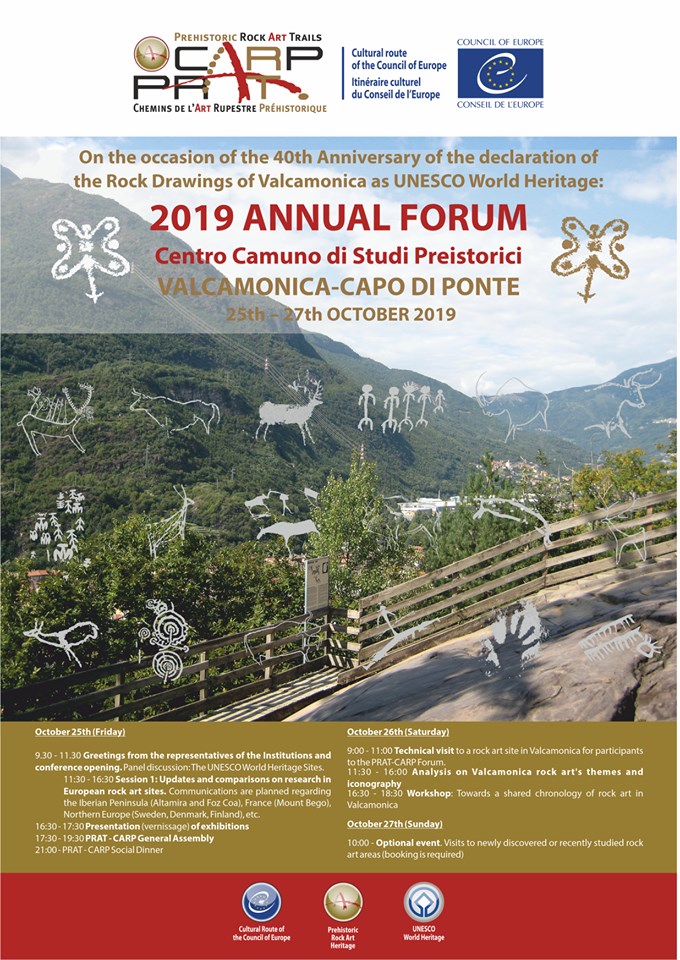
Call for Posters – deadline 1st October 2019
Size: cm 70x100
Title: max 130 types (20 words)
Text: max 5500 types (850 words)
Short captions
Images: from 1 to 6 (.jpg, good resolution)
Please send texts and images to valcamonica.symposium@ccsp.it, the editorial staff will provide a graphic elaboration with one draft return, in according to the A or B model (click here to see the MOD A and MOD B models)
The organization will print the poster and will arrange his expostion during the conference. If interested the authors will be able to pick up their posters at the end of the Symposium. Posters will be printed only upon receipt of the fee € 30.00
Bank account
Centro Camuno di Studi Preistorici
IBAN: IT32Q0311154200000000005379
UbiBanca - Capo di Ponte
Description of payment: NAME SURNAME - poster vcs
or by using the paypal address info@ccsp.it
| Event organized by | In partnership with | |||||
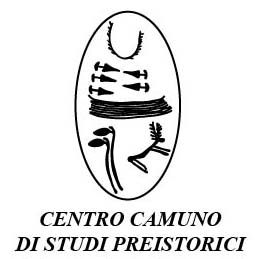 |
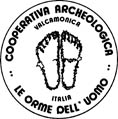 |
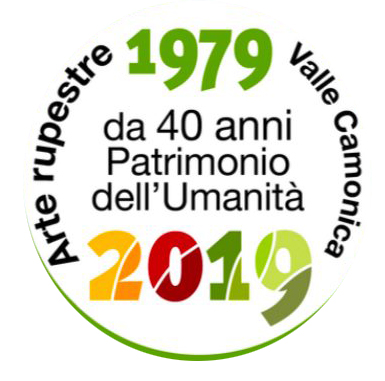 |
||||
|
||||||
 |
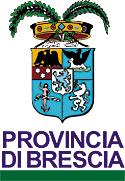 |
 |
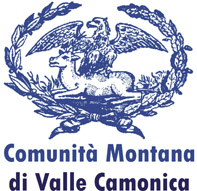 |
 |
 |
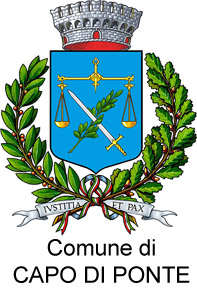 |
Under the auspice and the participation of |
||||||
 |
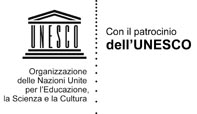 |
|||||
 |
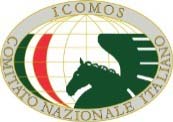 |
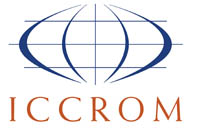 |
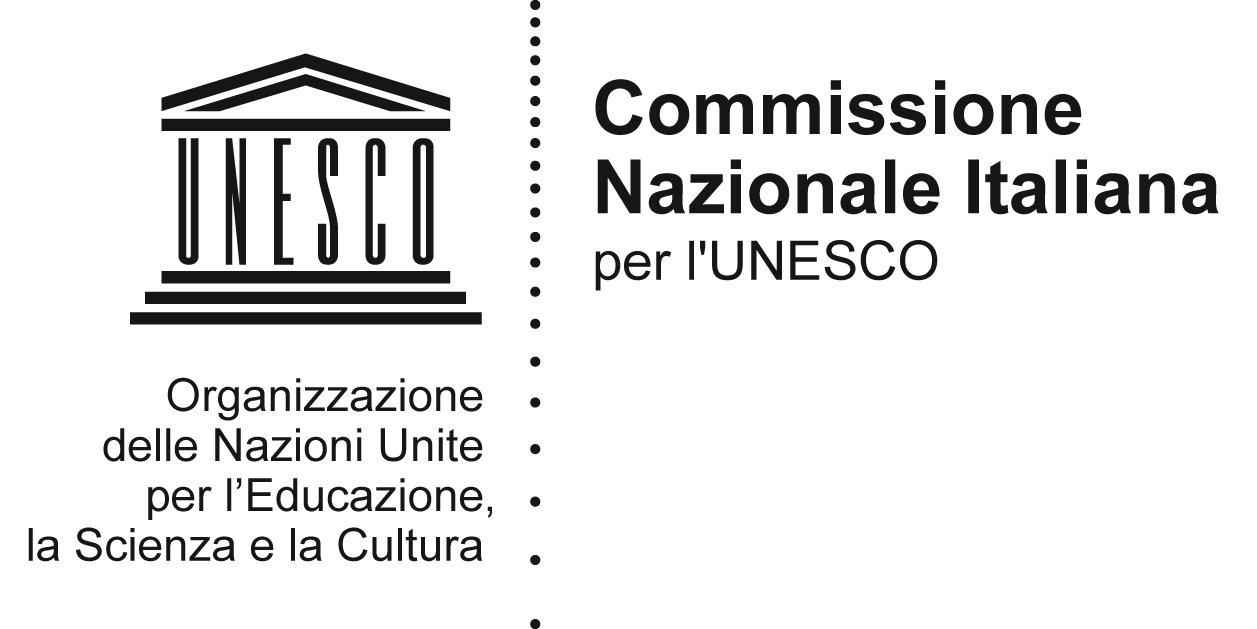 |
|||
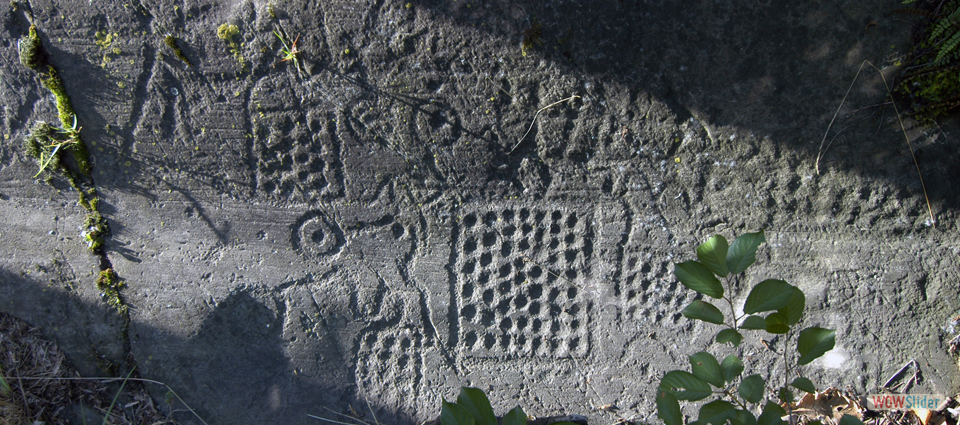

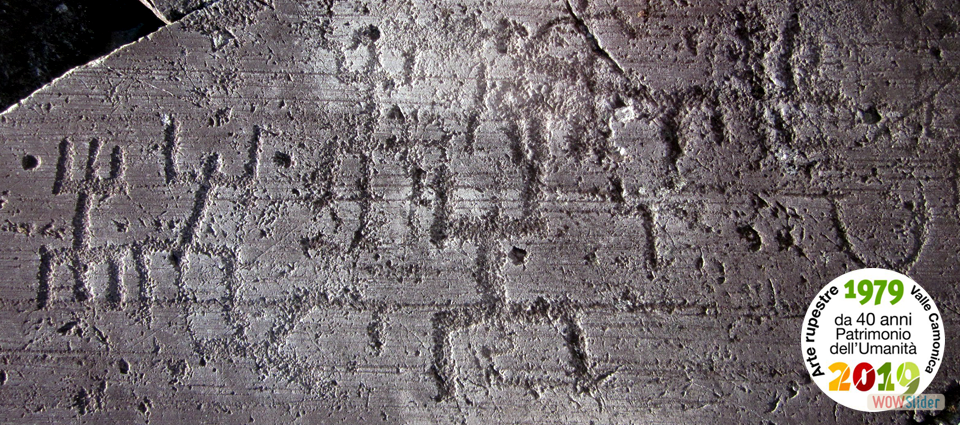
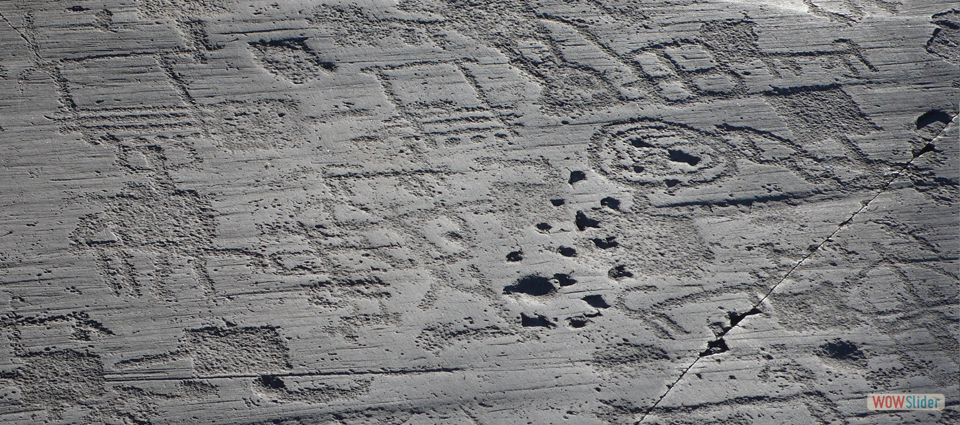



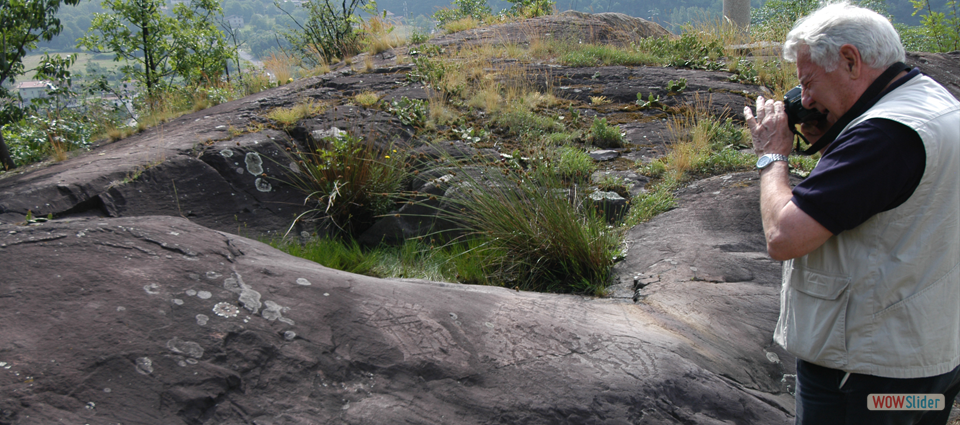

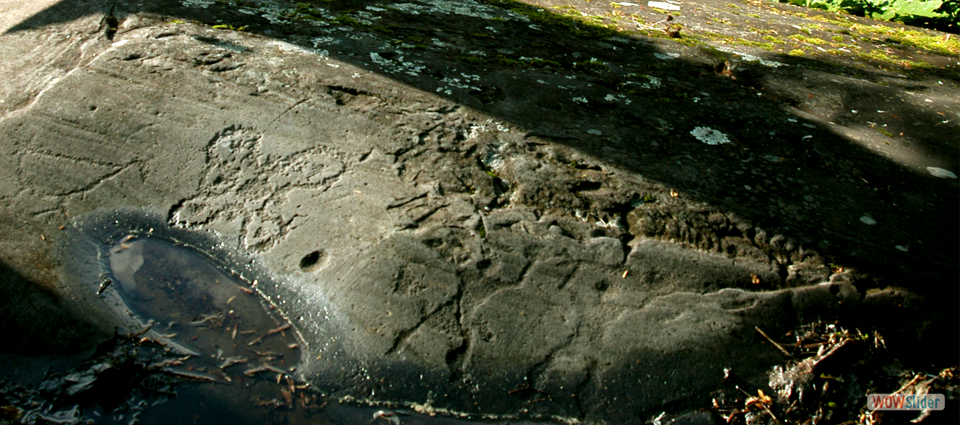
 1
1 2
2 3
3 4
4 5
5 6
6 7
7 8
8 9
9 10
10